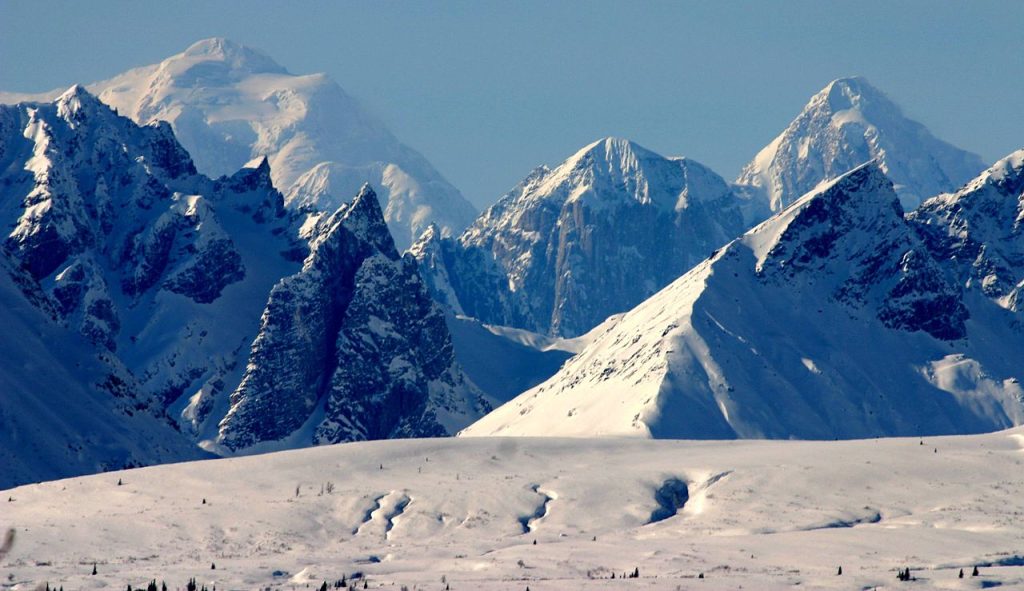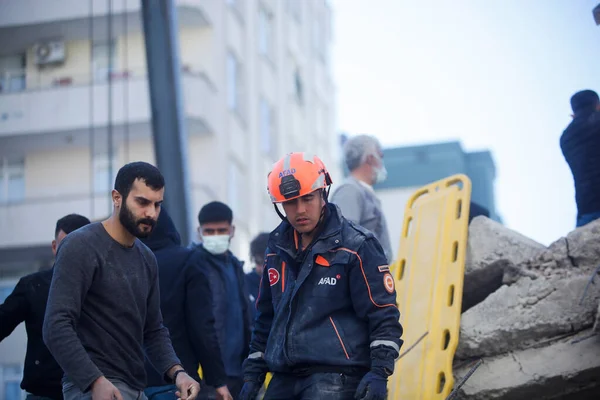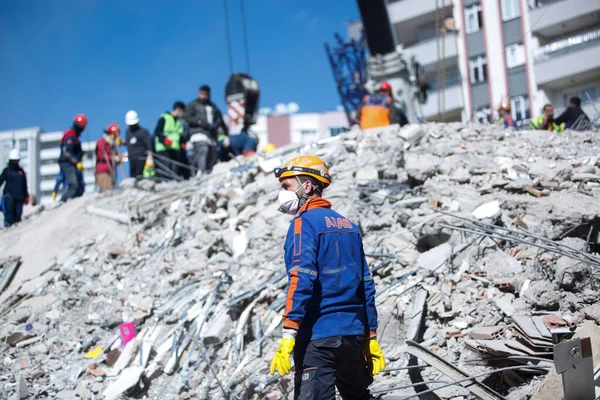
A 4.1 magnitude earthquake hit near Templeton on California’s Central Coast at 9:45 a.m. PT, sending tremors from Salinas to Lompoc and rattling communities hundreds of miles apart. More than 600 people have already reported feeling the quake to the U.S. Geological Survey, which rated the shaking at “MMI V”-moderate, noticeable jolts capable of overturning unstable objects. No tsunami threat was detected, but its proximity to the San Andreas Fault has refueled urgent conversations about the state’s seismic future.

1. The San Andreas Fault’s Deadly Potential
Templeton is close to the San Andreas Fault, a boundary between the Pacific and North American plates that in the past has produced California’s largest earthquakesup to magnitude 8.2. The last southern “Big One” was the 1857 Fort Tejon quake, a magnitude 7.9 event that ruptured more than 215 miles of fault. According to the USGS, based on historical recurrence intervals, the fault is overdue for another massive rupture. Angie Lux, project scientist at the Berkeley Seismology Lab, has said, “Experts are fairly confident that there could be a pretty large earthquake at some point in the next 30 years.”

2. Lessons from the Fort Tejon Quake
Eyewitness accounts from 1857 recall ground fissures that opened, rivers running their course backward, and trees falling into the quicksand of liquefaction. While there were few deaths due to the sparse population in California at the time, a repeat today would result in a disaster to areas now highly populated. According to Seismologist Susan Hough, an earthquake would “blast toward San Bernardino” with potential “dangerous sediment sloshing in the Los Angeles basin”.

3. Seismic Swarms and Volcanic-Geothermal Activity
Southern California’s seismic story is not restricted to the San Andreas. Places such as Coso and south of the Salton Sea feature volcanic-geothermal activity, in which hot fluids or magma migrate through the crust, causing local stresses. These regions often generate seismic swarms-clusters of quakes without a clear mainshock-that can continue for days or even years. New research indicates that normal faults beneath the Salton Sea may be triggered by San Andreas ruptures, offering clues to past and future quake cycles.

4. The Science of Forecasting the ‘Big One’
The new UCERF3 earthquake forecast puts the 30-year probability of a magnitude 8 or larger quake in California at 7%. This is an increase from earlier estimates because it takes into account multi-fault ruptures. “We know that tectonic forces are continually tightening the springs of the San Andreas fault system, making big quakes inevitable,” says Tom Jordan of the Southern California Earthquake Center.

5. California’s Seismic Activity in Numbers
California is the third most quake-active state in the country, after Alaska and Hawaii, and already this year, it’s seen more than 14,000 tremors. Alaska sees more quakes overall, but because of California’s dense infrastructure and population, its earthquakes cause far more damage.

6. Historical Patterns and Foreshocks
Many of the past major quakes occurred after periods of heightened seismicity. The Hayward fault quake of 1868 was preceded by 12 events of magnitude ≥ 5.5 over 13 years; the 1857 Fort Tejon quake had foreshocks in the Lonoak–Bitterwater region. Patterns like this tend to indicate that clusters of moderate quakes, such as the recent Templeton event, are worthy of close monitoring.

7. How to Prepare Now
Preparation can dramatically reduce risk. Experts recommend securing heavy furniture, anchoring light fixtures, and avoiding hanging mirrors near beds. Create a disaster kit with at least 72 hours’ worth of water, food, and essentials, stored in an accessible location. Develop a family communication plan with an out-of-state contact since local lines may be jammed. In case there is an earthquake, remember to drop, cover, and hold-stay indoors until the shaking stops, then move to open spaces away from buildings.

8. The Role of Community Awareness
Public drills, such as the Great California ShakeOut, help citizens practice safety measures and reinforce preparedness. Experts stress that though earthquakes are not preventable, informed communities can minimize the number of casualties and destruction. In this regard, awareness of local fault systems, historical quake impacts, and personal preparedness steps is highly important in a state where seismic risk is an ongoing feature.

Even as Tuesday’s quake fades from headlines, the forces beneath California remain active, the clock ticking on stored energy that someday will be released. For residents, the lesson is clear: preparation is not optionalit is the only safeguard against the inevitability of the next major rupture.


